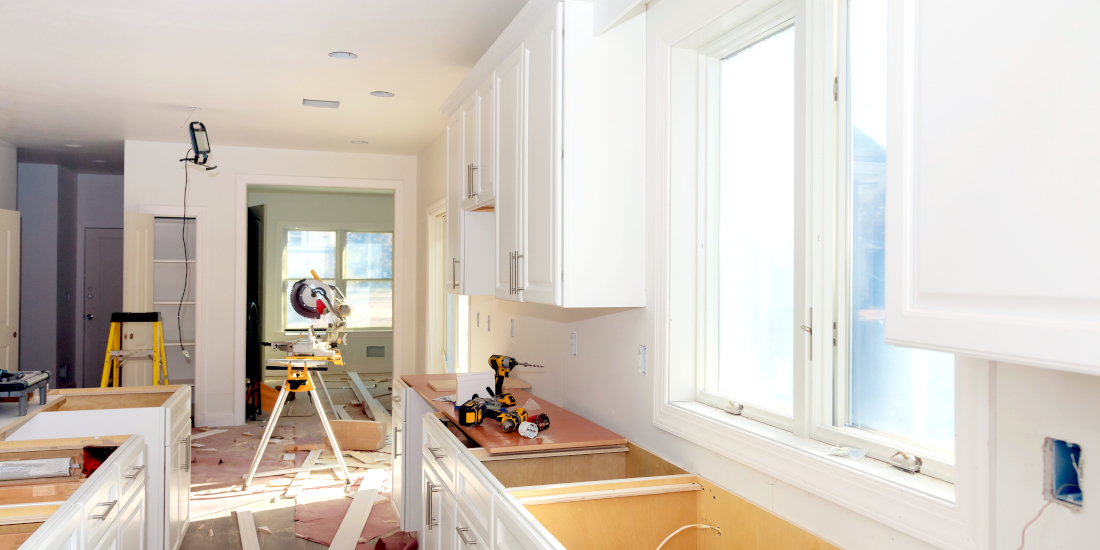
Q: I’m thinking about pursuing a remodel of my home but am afraid of exposing my children to harmful materials during construction. How can I minimize this risk?
A: If you’re like many homeowners, you want to buy green products to keep you and your family healthy and safe. No one wants to expose their loved ones to toxins and chemicals.
A 2018 study by the Shelton Group, published in Eco Pulse, found that the number one reason cited by respondents for choosing green products in three categories was the health and safety of their families. Others include conserving natural resources, preventing waste and inefficiencies, and mitigating climate impact.
Whatever your reasons for seeking contractors that use green products, there is an excellent but little-known resource to help you make your selection: The Red List.
What’s on the Red List?
According to the International Living Future Institute, it lists the “worst in class materials prevalent in the building industry.” How your contractor uses it (or doesn’t), can have a significant impact on your remodel project, as well as the environment.
The easiest and most effective thing you can do with this list is have a conversation with your contractor about your health, safety, and family wellness needs and how to limit harmful materials on the project. This is especially important if you and your family will be living onsite throughout the construction phase.
The Red List demonstrates to the contractor how important using green products is to you and gives them the info they need to best advise you throughout the project and reduce harmful toxins and chemicals wherever possible.
What are the limitations of the Red List?
Simply put, the list isn’t exhaustive. Many big brands develop the materials they use in their products in different plants, and some are unwilling to disclose every material or ingredient used in each product. The company may consider such information proprietary, and it’s understandable for them to protect their intellectual property and assets.
However, these days, even a modicum of transparency—especially regarding environmental impact—can enhance a brand and build consumer loyalty. When it comes to the environment and consumer health, protecting proprietary secrets is increasingly seen as a liability. As a homeowner with a family, knowledge is a better selling point than secrecy. The Red List arms you with that knowledge.
Ask your contractor if they’re already using the Red List.
If your contractor is already familiar with it, chances are good they have at least a passing interest in green products, materials, and resources in the building industry.
In the best-case scenario, they may be actively reviewing and monitoring updates on the list to avoid using, working with, and offering products made with listed items. This requires extra time, research and care to ensure that products they use are both green and a good fit for the remodeling project.
Communication and collaboration with your contractor or design-build firm will be frequent once the process begins, and it may prove overwhelming at times. The earlier you discuss your desire to use safe, green products, the better off you’ll be when construction begins. With the Red List, you’ll both have a powerful tool for making the best choices for your family and the environment.
Paul Kocharhook is the owner of Pathway Design & Construction, a member of the Master Builders Association of King and Snohomish Counties (MBAKS). If you have a home improvement, remodeling, or residential homebuilding question you’d like answered by one of MBAKS’ more than 2,700 members, write to homework@mbaks.com.